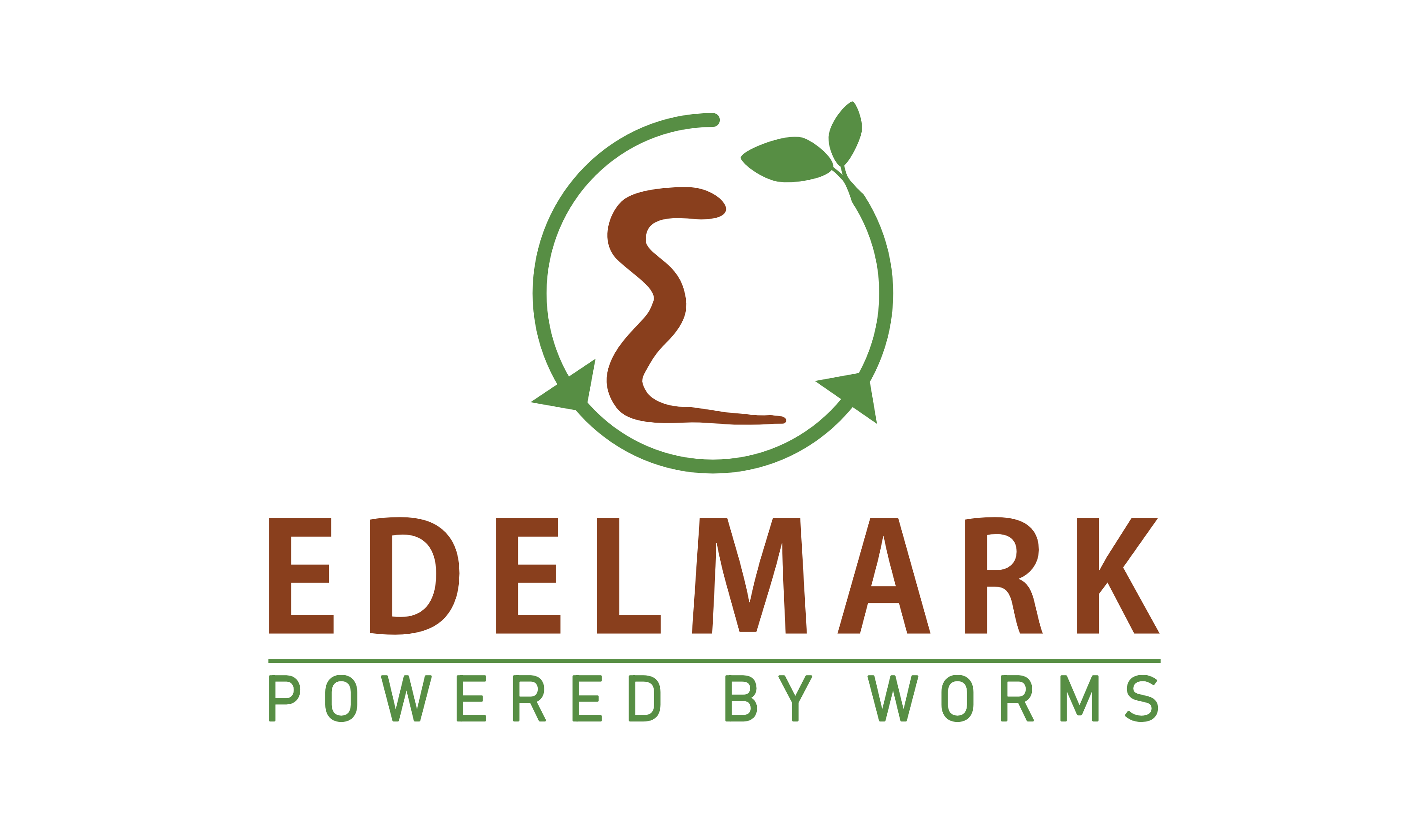How bio intensive gardening works?
There are certain fundamental principles that underline bio – intensive gardening. These include preparation/creation of soil in such a way that there is favorable situation for the growth of roots of plants, application of bio – fertilizer from organic sources, choice and use of plant types that are complementary in their growth and development, and maximization of production and productivity per unit area.
For a bio intensive gardening, the soil which is prepared for growing vegetables should be very ideal, ‘’soft’’ and provide more surface area to the growth and development of the plant root system and the above ground plant biomass. Bio – intensive gardening is an intensive method of gardening that can be considered as a part of the solution for the challenges and the basic needs of people to feed themselves. By gardening bio – intensive, we can maximize production and productivity while we nurture healthy soil fertility and conserve the natural resources.
Methods of bio – intensive gardening
Different techniques can be employed in gardening bio – intensive. These techniques including double-dug beds, FAITH gardening and (Food Always In The house), growing vegetables using containers. In all cases the techniques provide deep aerated soil and the required plant nutrients that facilitate root growth, and improve water retention.
Use of good quality compost and choice of complementary plant types for companion planting are the important practices that go hand in hand with soil preparation. Several findings confirmed that bio – intensive gardening can improve water use efficiency of plants, avoids use of chemical fertilizer, maximize production and productivity per unit of area, builds healthy soil ecosystem and reduces amount of land needed for gardening.
As a general principle the bio – intensive gardening method includes complementary planting of vegetables and fruits with no mechanized equipment if at all possible. Machinery uses too much energy, makes the soil compact and leaves soil too susceptible to erosion. Bio – intensive gardening incorporates all natural gardening in the farm that maximizes production while improving the soil quality, with no use anything modified.
Some of the basic principles in gardening bio – intensive, include the following
-An ideal soil preparation and composting:- As opposed to the conventional farming methods, in bio – intensive gardening the soil should be loose and deep enough to favor the establishment and growth of the root systems. By loosening and deepening the soil, we create a very good air access to the plant roots. Such conditions also improve water holding capacity and can provide the plant a good access to the required mineral nutrients and water. Composting in bio – intensive gardening has several benefits. Good compost can add mineral nutrients and organic matter to the soil, improves the biology of the soil through provision of the important micro organisms, and improves the quality of the soil to hold water and nutrients.
– Plant spacing: – any plant has its own needs and limits for plant nutrients, water, light and other important growth factors. As a general principle, bio – intensive gardening utilizes the maximum intensive planting that can result in maximum production per unit of area. The bio – intensive gardening employs techniques that give plants the precise area of growing space without affecting the normal growth and development of the plant we are growing. Vegetables are planted in such a way that their leaves ‘’touch’’ each other when they approach maturity. Such connection of the plant leaves creates an umbrella like structure that can protect the soil from excessive loss of moisture and can serve as living mulch to the soil. This is how water is conserved and weeds are suppressed at a significant level in the use of bio intensive gardening.
– Complementary planting: – One of the important aspects of bio – intensive gardening is the growing of plants that are complementary in several aspects. Important attribute including nature of growth (long/short, fast/slow, etc.), area requirement, nature of flowering, etc. in order to create as much biodiversity as possible and leverage the unique characteristics of each crop to your advantage.

